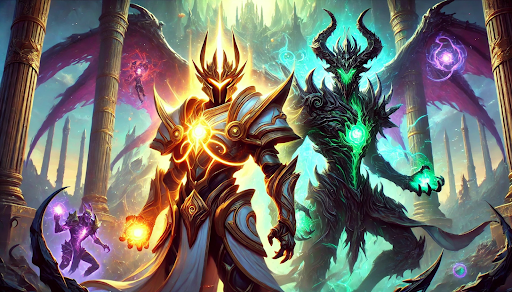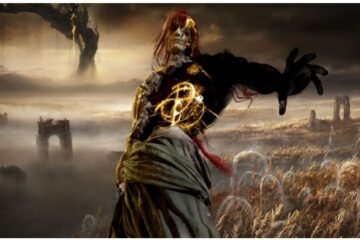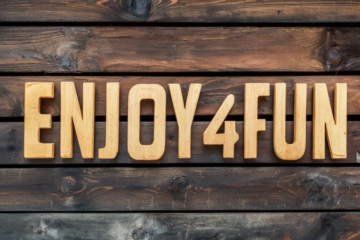Raiding in WoW is like solving a puzzle. Each player is a piece that needs to fit together to defeat the bosses. A strong raid team has the right mix of players: tanks to absorb damage, healers to keep everyone alive, and DPS to deal damage. The team setup can vary depending on the raid or boss. Some fights might be easier with more close-range attackers, while others might need more long-range fighters.
This analysis will help you understand how to build a successful raid team. We’ll talk about what to think about when picking players for each role and how different classes bring unique strengths to a raid. Whether you’re leading a raid or just starting with high-level content, knowing how to put together a strong team is key to doing well in these hardcode PvE instances. However, if you’re a solo gamer, can’t find a decent guild, or just don’t have time to play hard, we’d recommend buying a WoW Raid carries. It will save you a lot of time and allow you to play with the top-tier players of the community in the best comps that even exist.
WoW Raids: All You Need To Know

Raids in World of Warcraft are special events where a large group of players work together to defeat powerful bosses and complete difficult challenges. Unlike regular dungeons, which are designed for smaller groups of 5 players, raids usually involve larger groups, ranging from 10 to 30 players.
The goal of a raid is to defeat PvE bosses, each with unique abilities and mechanics that require teamwork and strategy.
In a raid, players take on different roles to ensure success. There are three main roles: tanks, healers, and damage dealers (DPS). Tanks are responsible for drawing the boss’s attention and absorbing its attacks. Healers focus on keeping everyone alive by restoring health, while DPS players are in charge of dealing damage to the boss and any other enemies that appear during the fight.
Raids have different difficulty levels: LFR (Looking for Raid), Normal, Heroic, and Mythic. LFR is the easiest mode, allowing players to experience the raid with a random group of players. Normal and Heroic modes are more challenging and require better coordination and communication among the team. Mythic is the hardest difficulty, with the toughest bosses and mechanics that demand perfect teamwork and execution.
Each raid in WoW is set in a unique environment, often with its own story tied to the game’s lore. For example, Nerub’ar Palace is a raid in The War Within expansion, where players face Queen Ansurek and her twisted minions. Amirdrassil, the Dream’s Hope is another raid where players defend the World Tree from corruption. Aberrus, the Shadowed Crucible features a dark laboratory with challenging encounters, while Vault of the Incarnates takes players into the elemental stronghold of the Incarnates, filled with powerful elemental bosses.
Successfully completing a raid rewards players with powerful gear, achievements, and sometimes rare mounts or other special items.
Raiding is a key part of WoW’s endgame content and is enjoyed by many players for its challenge and the sense of accomplishment it brings when a tough boss is finally defeated.
How to Make a Good Raid Comp
Creating a successful raid setup in World of Warcraft often involves balancing a variety of classes and roles to tackle different challenges. Each raid may require a slightly different setup, but there are general principles that can help guide the formation of an effective raid group.
Key Roles and Ideal Numbers:
- Tanks: Essential for absorbing damage and managing enemy attention. A typical raid might include 3-4 tanks for managing multiple enemies or for backup in case of high damage or death.
- Healers: Crucial for keeping the raid alive. Depending on the raid’s difficulty, having 5-8 healers (1-2 healers per group) allows for a steady HPS and coverage for different raid groups.
- DPS (Damage Per Second): The bulk of the raid. Efficient DPS is split between melee and ranged classes. A balanced raid might include Fury Warriors and Frost Mages for high damage output, along with a mix of other DPS classes like Rogues, and Warlocks.
Keep in mind that meta changes every season, and the best idea is to check stats at various sites like WowMeta, or Icy-veins with HPS/DPS rankings at least once in 1-2 months.
Class Considerations:

- Fury Warriors and Frost Mages: Known for their high DPS, crucial in raids where damage output is critical.
- Warlocks and Hunters: Useful for their specific roles like crowd control and pulling. However, in some setups, like the Blackwing Lair (BWL), you might want to limit their numbers as they offer less burst damage compared to Fury Warriors and Mages.
- Utility Classes: Classes such as Druids, Paladins, and Shamans bring versatility with their ability to switch between healing and other roles, providing buffs and other utilities.
Adjusting for Raid Requirements:
- For complex raids like BWL, it’s recommended to adapt the composition based on the raid’s specific needs. This might mean increasing the number of certain DPS classes or adjusting the healer count. For instance, transitioning from Molten Core (MC) to BWL might require more precise DPS roles and additional tanks to handle different boss mechanics.
Flexibility and Adaptation:
- Having flexible players who can switch roles or classes as needed is highly valuable. This adaptability can be crucial in managing unexpected challenges or deaths during a raid.
Practical Tips:
- Balance and Synergy: Ensure that your raid composition reflects a balance of damage types and healing capabilities to cover all aspects of raid mechanics.
- Class Synergies: Leverage class synergies, like Druids providing buffs and crowd control, while Paladins might focus on healing and damage mitigation.
- Avoid Over-specialization: While it’s tempting to stack many players of a single high-damage class, diversifying the raid setup can prevent bottlenecks in gear distribution and reduce the raid’s overall vulnerability to specific attacks.
Quick Summary
The goal is to create a raid group that is not only effective in terms of game mechanics but also enjoyable for players. This involves a mix of optimizing class roles and ensuring that all team members are satisfied with their characters. Remember, a raid’s success often hinges on the group’s ability to work together and adapt to the evolving dynamics of the raid environment.
By considering these factors, you can build a raid group that is both powerful and flexible, capable of handling the varied demands of World of Warcraft’s raiding content.




